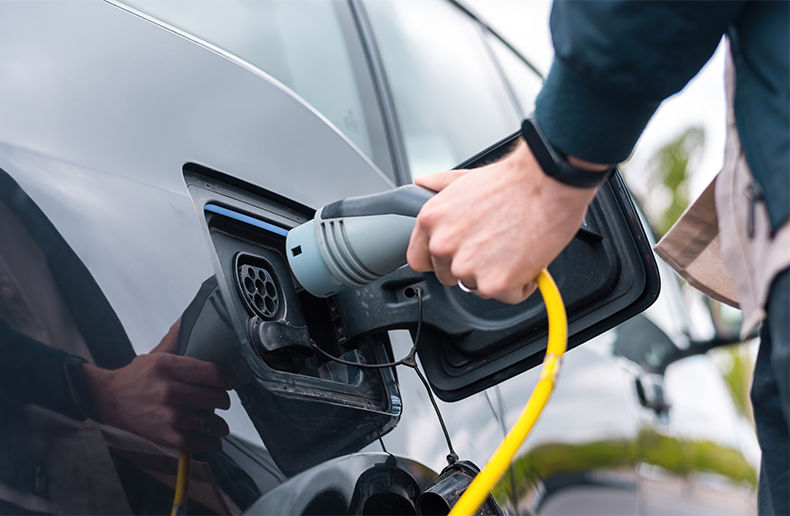Electric vehicle (EV) buyers in Canada should expect to pay more for insurance when replacing their internal combustion engine (ICE) with EVs in the future, according to a new note from Morningstar DBRS, entitled Electrification 2035: Auto Insurance Rates to Increase as the Transition to Electric Vehicles Becomes Law in Canada.
They say Canada is behind other jurisdictions in adoption, perhaps giving the Canadian industry time to learn from United Kingdom and European markets where government incentives for buyers and investment in charging infrastructure have prompted exponential sales since 2019. “As a result, insurers in the U.K., Europe and part of the U.S. are first to experience the emerging effects of EV transition on claims costs,” Morningstar DBRS researchers write. “Insurers will also have to adjust their pricing models as more EV claims data are generated. This may lead to rate increases partly because of the higher price tag of EVs and partly because they are more costly to repair.”
Pricey repair and replacement parts
Notably, they say repair and replacement parts for EVs are so costly that some insurers will total damaged vehicles instead of attempting to repair them, even in minor collisions where the EV has low mileage, as the cost of batteries alone can be equal to the cost of a new car.
“EVs have fewer serviceable parts compared with ICE vehicles, which suggests that maintenance costs should be lower. However, other factors, such as the cost to replace battery packs, the availability of replacement parts, and the scarcity of skilled technicians, will affect the price of repairs and ultimately insurance rates in the short run,” they state.
Computers on wheels
They add that insurers still do not have enough historical claims data to effectively price EV business. “These vehicles are, in effect, computers on wheels, packed with expensive and complex parts and advanced technology that can make EVs expensive to repair after a collision.” They continue, pointing out that one carrier in the U.K. has already suspended insurance coverage for EVs altogether while it reevaluates the cost of repairs.
Although automobile insurance is highly regulated in Canada, the report concludes, saying Morningstar DBRS expects that auto insurance rates will trend upward over time as insurers generate claims data and reflect that experience in their pricing.
Electric Vehicle Availability Standard
Canada announced the Electric Vehicle Availability Standard in December 2022, mandating a 100 per cent zero-emission vehicle sales target for light-duty vehicles by 2035.
“Under the new Electric Vehicle Availability Standard, auto manufacturers and importers must meet annual zero-emission vehicle (ZEV) regulated sales targets,” says Environment and Climate Change Canada. “The targets begin for the 2026 model year, with a requirement that at least 20 percent of new light-duty vehicles offered for sale in that year be ZEVs. The requirements increase annually to 60 percent by 2030 and 100 percent for 2035.”







